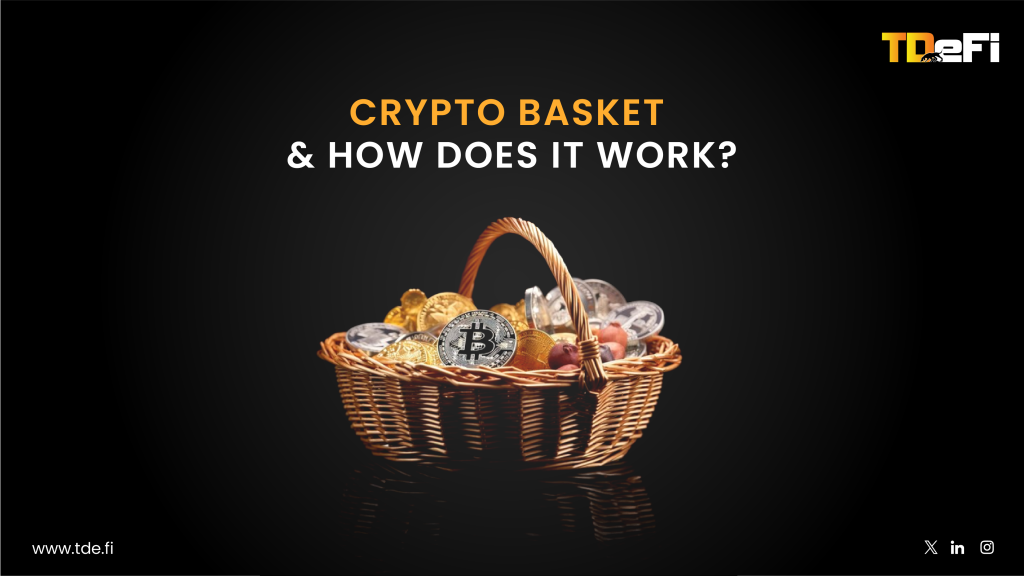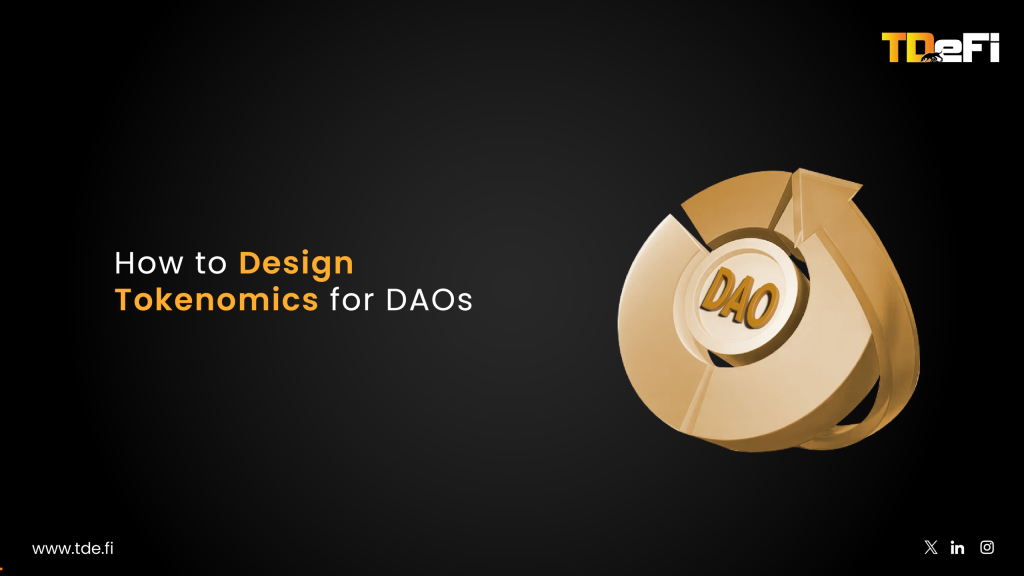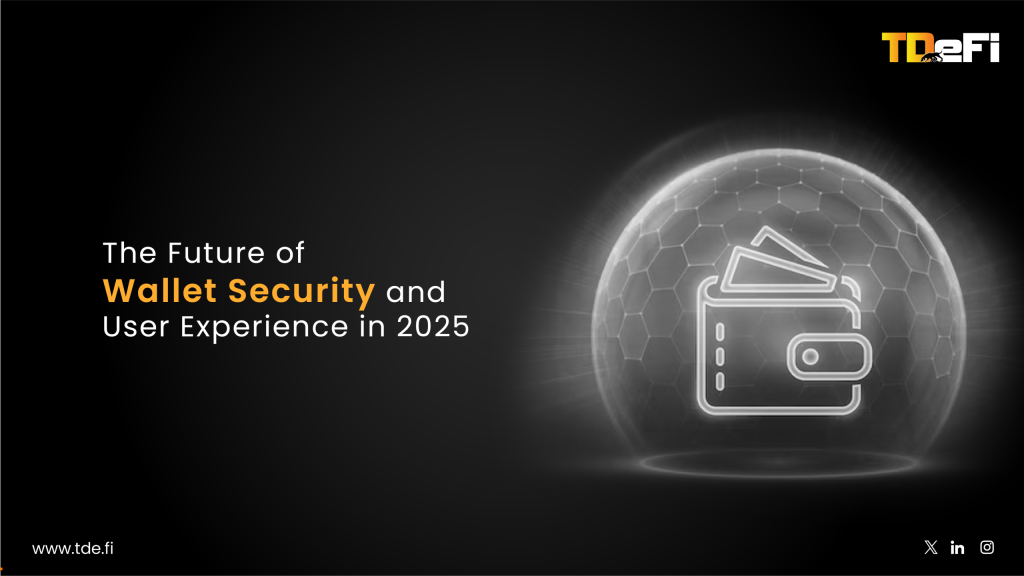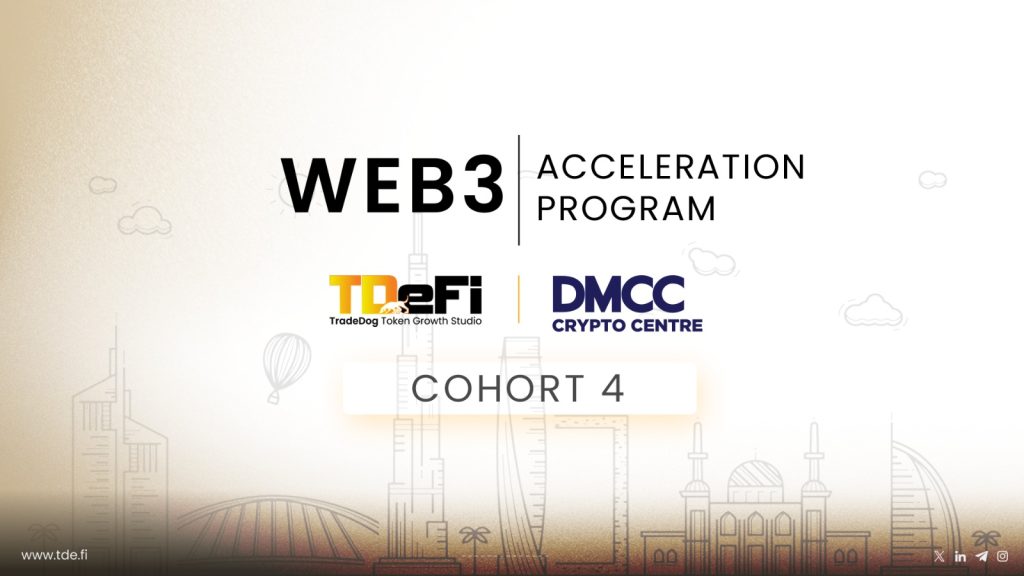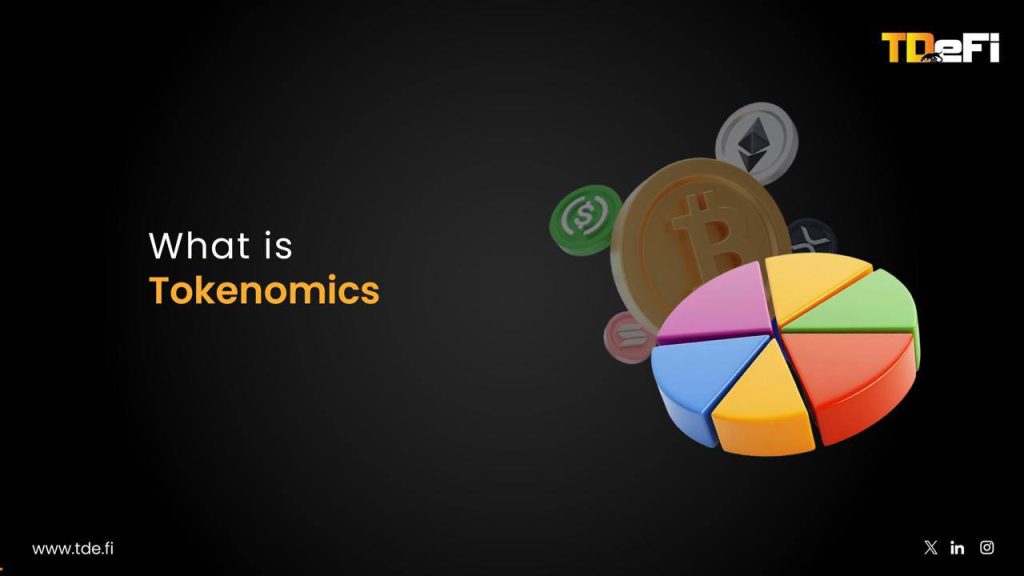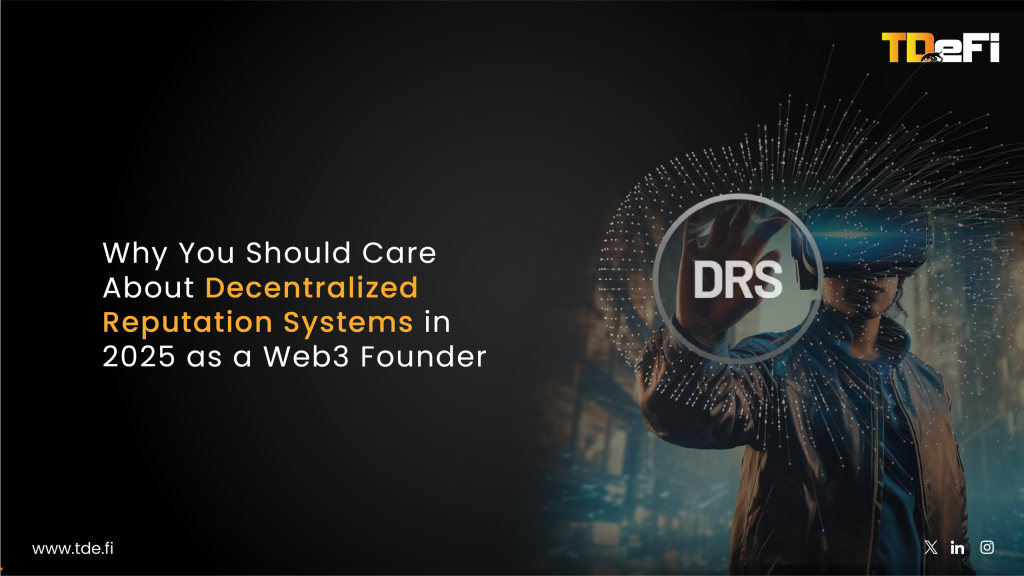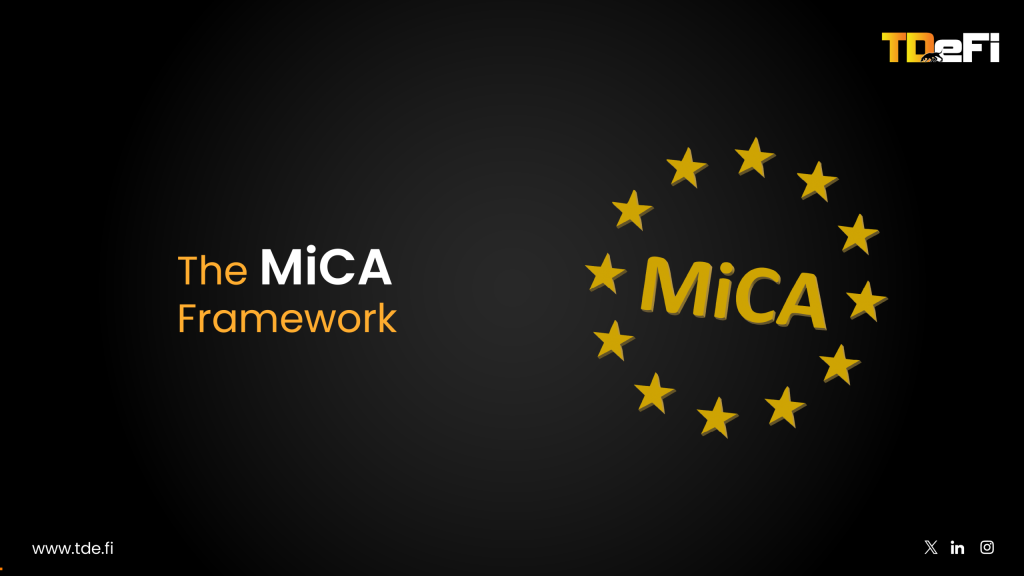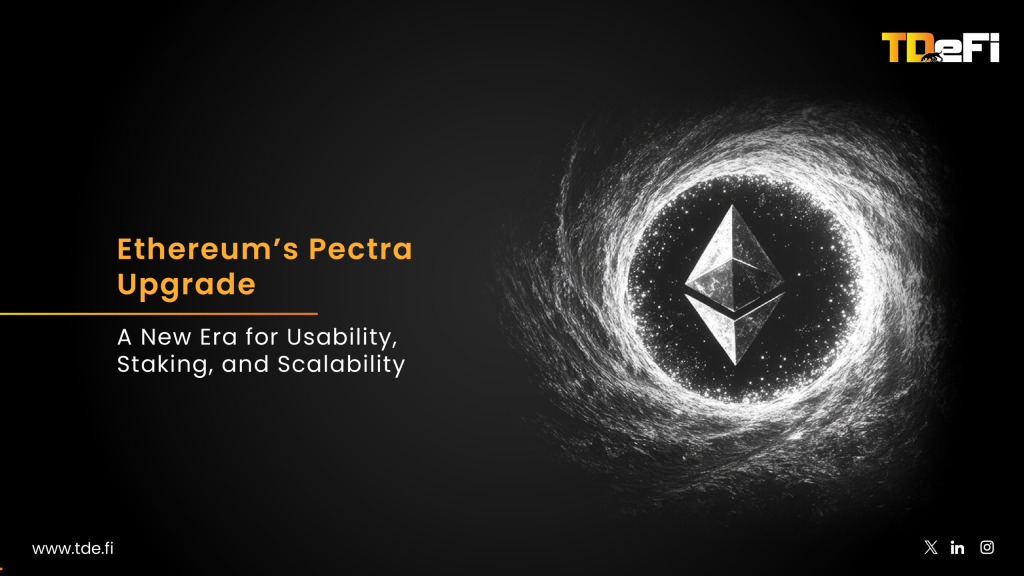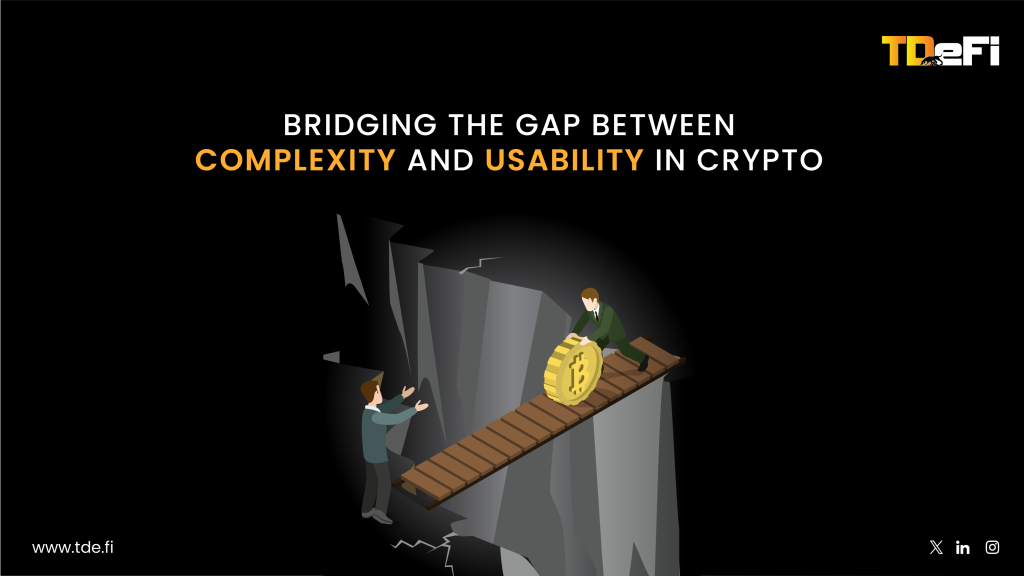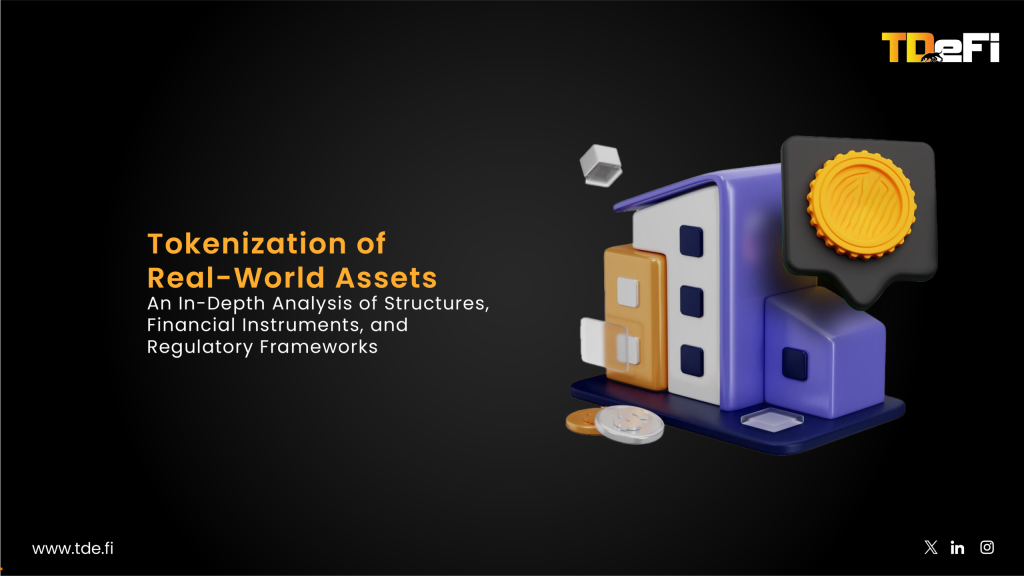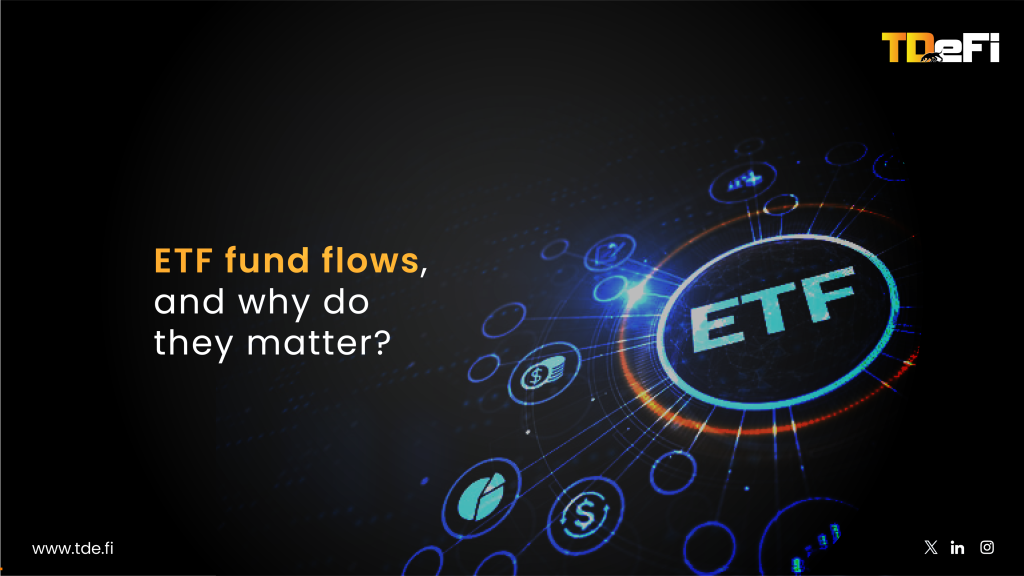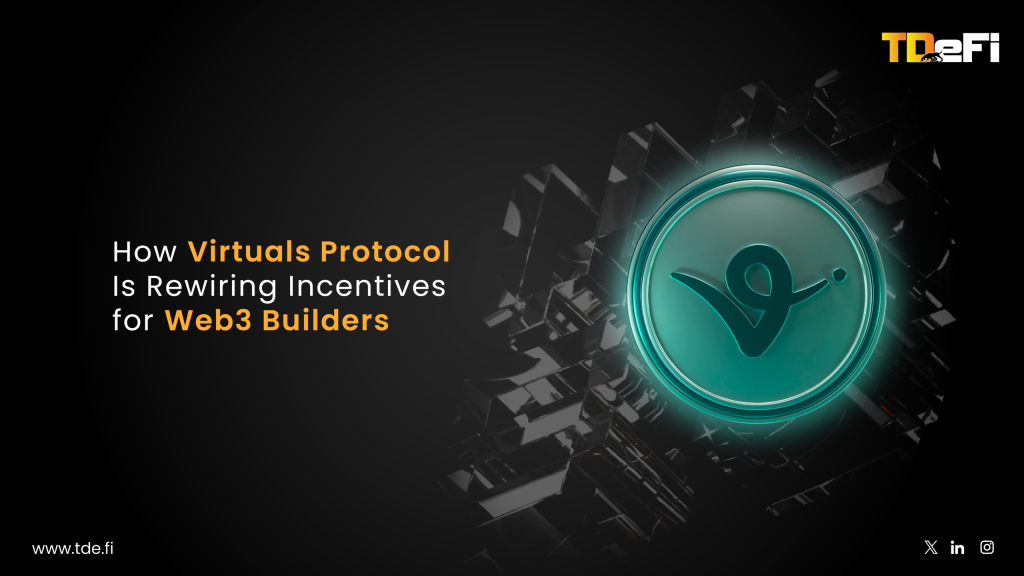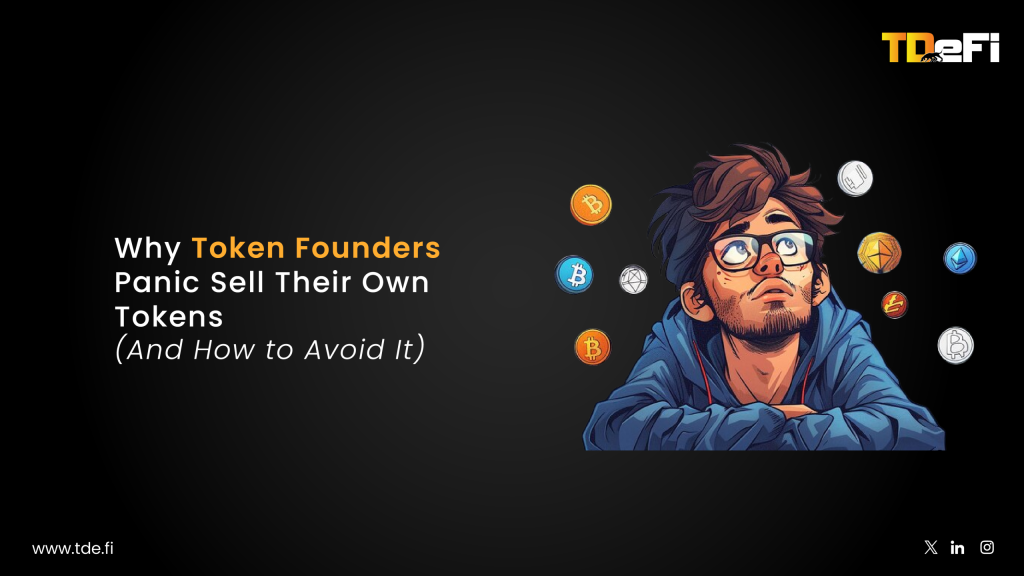TL;DR: The Make-or-Break Decision That Defines Your Project’s Future
Choosing between centralized exchange (CEX) and decentralized exchange (DEX) listing isn’t just a technical decision—it’s a strategic pivot that determines your project’s trajectory, community alignment, and long-term sustainability. In 2025’s hypercompetitive landscape, with over 528 cryptocurrency exchanges and 21,900+ tokens vying for attention, founders face a complex matrix of trade-offs that can make or break their Web3 ventures.
This comprehensive guide reveals the strategic frameworks that separate successful token launches from failed experiments. You’ll discover how leading projects leverage hybrid CEX-DEX strategies to maximize liquidity, build authentic communities, and navigate regulatory complexities. We’ll examine real success stories, analyze the hidden costs beyond listing fees, and provide actionable decision criteria that align exchange selection with your project’s unique goals and constraints.
Whether you’re a DeFi-native startup seeking institutional credibility or a traditional fintech project entering Web3, understanding these dynamics is essential for building sustainable token economies that serve real users and generate lasting value.
The Strategic Imperative: Why Exchange Choice Matters More Than Ever
The exchange listing decision has evolved from a simple market access question to a fundamental strategic choice that shapes your project’s DNA. The data tells a compelling story: CEX listings on major platforms like Binance can trigger average price increases of 54% due to enhanced visibility and institutional credibility. However, this comes with stringent requirements, lengthy approval processes, and significant compliance obligations that many early-stage projects can’t meet.
The business impact extends far beyond initial price movements. Your exchange choice determines which type of capital you attract, what kind of community you build, and how regulators perceive your project. CEX-listed tokens often attract institutional investors and mainstream retail users who value familiar interfaces and regulatory clarity. DEX-listed projects tend to cultivate DeFi-native communities that prioritize decentralization, governance participation, and protocol composability.
In today’s market environment, with Bitcoin trading above $105,000 and institutional adoption accelerating, the most successful projects are adopting sophisticated sequencing strategies rather than choosing exclusively between platforms. They leverage DEX listings for initial community building and price discovery, then use this traction for subsequent CEX applications—demonstrating the market demand that exchange evaluation committees prioritize.
Understanding the Fundamental Differences
Centralized Exchanges: The Traditional Gateway
Centralized exchanges operate as traditional intermediaries, managing user funds in custodial wallets while providing user-friendly interfaces, high liquidity, and regulatory compliance frameworks. Major CEXs like Binance process billions in daily volume and offer advanced trading features including margin trading, futures contracts, and institutional-grade security measures.
The CEX application process typically involves 5 critical phases: document preparation, business negotiations, technical integration, market making arrangements, and launch coordination. Required documentation includes comprehensive whitepapers, tokenomics analysis, team credentials, security audit reports, legal compliance attestations, and detailed roadmaps. Exchanges conduct extensive due diligence examining project credibility, market demand, technology architecture, regulatory compliance, and long-term viability.
Financial requirements vary significantly across exchanges. While Binance has transitioned to charitable donation models for listing fees, many second-tier exchanges still charge substantial fees ranging from $50,000 to $500,000 depending on the platform’s tier and services provided. These fees often exclude additional costs for market making, promotional support, and ongoing compliance maintenance.
Decentralized Exchanges: The Permissionless Alternative
Decentralized exchanges function as permissionless protocols built on blockchain networks, enabling peer-to-peer trading without central authorities. DEXs like Uniswap allow anyone to list tokens by creating liquidity pools, requiring equal deposits of the new token and an established asset like ETH or USDC.
The DEX listing process is straightforward but requires technical competency. Projects must deploy their token contracts, create liquidity pools by depositing equal values of their token and a base asset, and configure trading parameters. Popular DEXs support this process through user-friendly interfaces, though projects benefit from understanding automated market maker mechanics and liquidity provision strategies.
The decentralized nature provides enhanced security benefits, as funds remain in user custody rather than exchange-controlled wallets. This eliminates counterparty risk associated with exchange hacks or bankruptcy, as demonstrated by the FTX collapse. DEX trading also preserves user privacy and reduces KYC requirements, appealing to privacy-conscious communities.
Strategic Decision Framework: Aligning Choice with Goals
Project DNA and Ecosystem Fit
Token utility and ecosystem fit should drive exchange selection decisions. Projects with strong DeFi integration naturally align with DEX ecosystems, where users can immediately utilize tokens for staking, governance, or protocol interactions. Traditional fintech or enterprise-focused tokens may benefit more from CEX listings that provide institutional investor access and regulatory clarity.
Target audience demographics significantly influence platform choice. Retail-focused projects targeting mainstream adoption benefit from CEX user bases, which offer simplified onboarding and familiar trading interfaces. DeFi-native projects targeting sophisticated users may find DEX communities more aligned with their technical requirements and governance expectations.
Financial Considerations and Resource Allocation
Budget considerations extend beyond listing fees to encompass market making, promotional activities, and ongoing compliance costs. CEX listings often require substantial reserves for market making partnerships, which can cost $50,000 to $200,000 monthly for adequate liquidity provision. DEX projects must budget for liquidity seeding, typically requiring 20-50% of total token supply for initial pool creation.
The most successful projects allocate 10-30% of token supply for liquidity incentives distributed over 6-12 month periods. These programs must balance reward distribution with long-term sustainability to avoid unsustainable inflation or mercenary capital problems.
Timing and Market Dynamics
Timeline urgency affects platform viability. Projects facing competitive pressure or time-sensitive launches may favor DEX listings for immediate market access. Conversely, projects prioritizing institutional credibility and long-term sustainability may accept CEX timeline delays for enhanced legitimacy.
Market conditions significantly impact listing timing. The current crypto market environment favors projects with strong fundamentals and clear utility. Projects should avoid launching during major market downturns when exchange listing criteria become more stringent and investor appetite diminishes.
Risk Assessment and Mitigation Strategies
Counterparty and Technical Risks
Exchange selection involves distinct risk profiles that founders must carefully evaluate. CEX listings carry counterparty risks, as demonstrated by numerous exchange hacks and the FTX bankruptcy. Projects must assess exchange security practices, insurance coverage, and regulatory compliance to minimize these risks.
DEX listings present smart contract risks, where coding vulnerabilities can lead to fund losses or token manipulation. Projects should invest in comprehensive security audits, bug bounty programs, and gradual deployment strategies to mitigate technical risks.
Liquidity and Regulatory Considerations
Liquidity risks affect both platforms but manifest differently. CEX-listed tokens may face delisting if trading volumes fall below minimum thresholds, typically requiring sustained daily volumes above $100,000. DEX tokens risk price manipulation and high slippage if liquidity pools become insufficient.
Regulatory risks vary by jurisdiction and platform type. CEX-listed tokens face heightened regulatory scrutiny and potential delisting if classified as securities. DEX tokens operate in regulatory gray areas but may face future compliance requirements as frameworks evolve.
Success Stories and Market Examples
Recent success stories demonstrate the power of strategic exchange selection. Solaxy’s approach exemplifies modern listing strategy, securing DEX listing through IDO while simultaneously preparing for major CEX listings. The project raised over $56.7 million in presale, demonstrating market demand that CEX listing committees value.
Lagrange’s multi-platform approach, launching simultaneously on Bitget and Binance Alpha, showcases how projects can leverage both CEX credibility and DEX accessibility. The project’s 62% monthly price increase following strategic listings demonstrates the power of coordinated launch strategies.
Conversely, negative examples highlight selection risks. Projects like Movex faced severe consequences from poor exchange relationships, with Coinbase suspending trading due to listing standard failures and Binance banning associated market makers. These cases emphasize the importance of maintaining exchange relationships and compliance standards.
The Hybrid Approach: Best of Both Worlds
The most sophisticated projects in 2025 employ hybrid strategies that maximize the benefits of both platforms while mitigating their respective risks. This typically involves starting with DEX listings to establish price discovery and community engagement, then leveraging this traction for subsequent CEX applications.
This sequenced approach allows projects to demonstrate organic market demand, build technical credibility through successful DEX operations, and accumulate the trading volume and community metrics that CEX evaluation committees prioritize. The key is maintaining consistent messaging across platforms while adapting to each ecosystem’s unique characteristics and user expectations.
Cross-platform liquidity strategies are becoming increasingly important as arbitrage opportunities emerge between CEX and DEX listings. Projects should plan for price synchronization across platforms and consider implementing automated arbitrage mechanisms or partnerships to maintain price stability.
Final Thoughts from TDeFi
At TDeFi, we’ve witnessed firsthand how exchange selection can make or break a project’s trajectory. Through our extensive work in this space, we’ve seen too many promising projects fail not because of poor technology or weak tokenomics, but because they chose the wrong exchange strategy for their specific circumstances and goals.
The choice between CEX and DEX listing isn’t binary—it’s about understanding your project’s unique position in the Web3 ecosystem and crafting a strategy that aligns with your community values, regulatory requirements, and long-term vision. The most successful projects we’ve supported don’t just list tokens; they build sustainable economies that serve real users and generate lasting value.
As the Web3 ecosystem continues maturing, we believe the winners will be projects that master the nuances of exchange selection and timing while maintaining unwavering focus on fundamental value creation. The infrastructure is becoming more sophisticated, regulatory frameworks are clarifying, and institutional adoption is accelerating—creating unprecedented opportunities for projects that approach exchange listing with strategic discipline.
The future belongs to builders who understand that successful token launches aren’t about choosing platforms, but about choosing pathways that align with their vision for decentralized value creation. At TDeFi, we’re committed to helping founders navigate these complex decisions and build the next generation of sustainable Web3 businesses.
Connect with us to discover how we can guide your project in selecting the right exchanges and facilitate token listings through our extensive network of top-tier partners.












